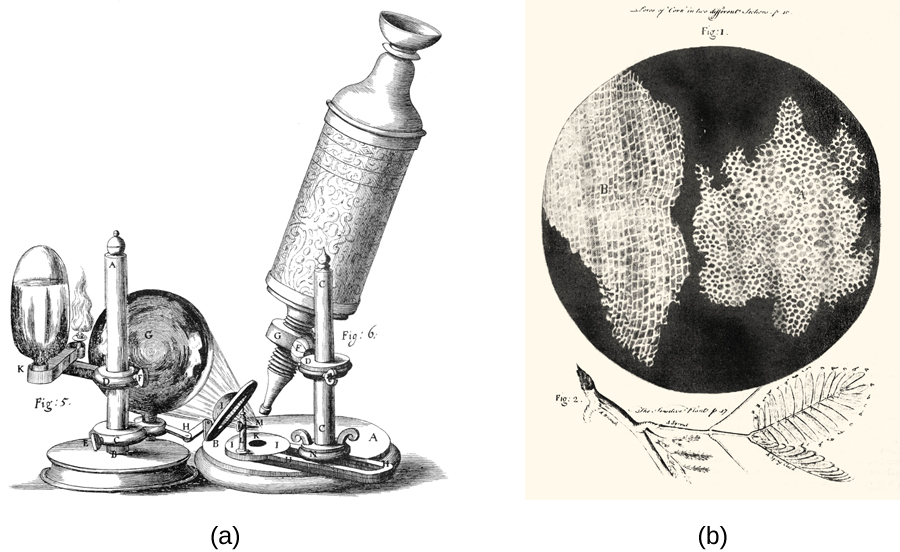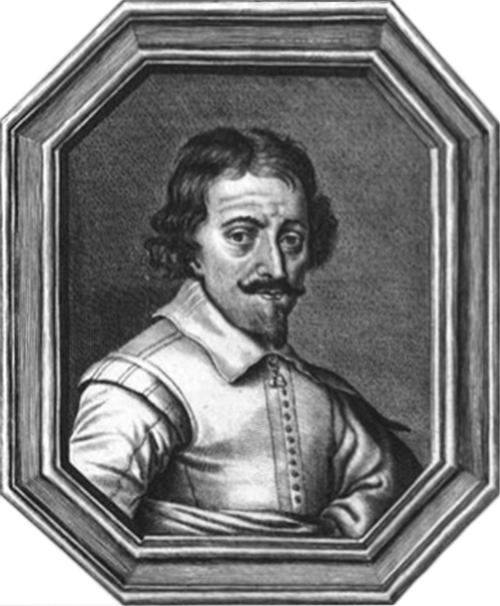| << Chapter < Page | Chapter >> Page > |

While Antonie van Leeuwenhoek and Robert Hooke generally receive much of the credit for early advances in microscopy, neither can claim to be the inventor of the microscope. Some argue that this designation should belong to Hans and Zaccharias Janssen , Dutch spectacle-makers who may have invented the telescope, the simple microscope, and the compound microscope during the late 1500s or early 1600s ( [link] ). Unfortunately, little is known for sure about the Janssens, not even the exact dates of their births and deaths. The Janssens were secretive about their work and never published. It is also possible that the Janssens did not invent anything at all; their neighbor, Hans Lippershey , also developed microscopes and telescopes during the same time frame, and he is often credited with inventing the telescope. The historical records from the time are as fuzzy and imprecise as the images viewed through those early lenses, and any archived records have been lost over the centuries.
By contrast, van Leeuwenhoek and Hooke can thank ample documentation of their work for their respective legacies. Like Janssen, van Leeuwenhoek began his work in obscurity, leaving behind few records. However, his friend, the prominent physician Reinier de Graaf, wrote a letter to the editor of the Philosophical Transactions of the Royal Society of London calling attention to van Leeuwenhoek’s powerful microscopes. From 1673 onward, van Leeuwenhoek began regularly submitting letters to the Royal Society detailing his observations. In 1674, his report describing single-celled organisms produced controversy in the scientific community, but his observations were soon confirmed when the society sent a delegation to investigate his findings. He subsequently enjoyed considerable celebrity, at one point even entertaining a visit by the czar of Russia.
Similarly, Robert Hooke had his observations using microscopes published by the Royal Society in a book called Micrographia in 1665. The book became a bestseller and greatly increased interest in microscopy throughout much of Europe.

A microscope that uses multiple lenses is called a _________ microscope.
compound
Why is Antonie van Leeuwenhoek’s work much better known than that of Zaccharias Janssen?
Why did the cork cells observed by Robert Hooke appear to be empty, as opposed to being full of other structures?

Notification Switch
Would you like to follow the 'Microbiology' conversation and receive update notifications?